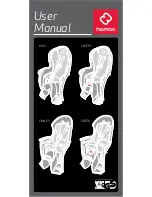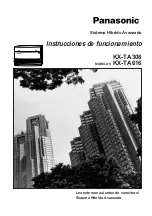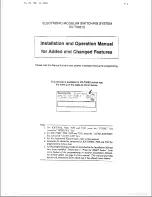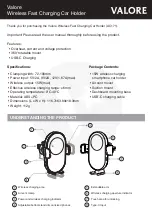
64
P1512137 R3
Figure 32.
Diagonal Pattern for 4-bolt and 6-bolt Tires
1
2
3
4
1
2
3
6
4
5
7.21. Check/Adjust the Truss Cables
Æ
When equipped with Truss Cables:
Check the Truss Cables:
Check tube for straightness, no slack in the cables, and a just noticeable upward deflection of the discharge end.
During operation, it is normal that for the tube to deflect downward.
If required, adjust cables by following the procedure below:
1. Lift the discharge end of the conveyor with a overhead crane, front end loader, or other proper lifting device
so that the tube has a slight upward deflection at the discharge to give the cable some slack.
The lifting device must be capable of supporting approximately half of the weight of the
conveyor as provided in the Specifications section.
Æ
2. When the conveyor has more than one set of cables start from the innermost cables and work your way
out.
3. Loosen cable clamps on cable truss where the cable requires adjustment.
4. Locate the eyebolt anchors for the cable. Refer to
5. Tighten cable eyebolts evenly on both sides (use eyebolt nuts to tighten eyebolts) until the discharge end
just starts to angle upward.
•
The tube should not deflect to the left or right if tightened evenly.
•
Tension should be greater on shorter cables than on longer cables. If the conveyor tubes remain straight
then the cables are tensioned properly.
6. If the proper cable tension can’t be obtained before the eyebolts run out of adjustment, then do the
following:
a. Loosen the eyebolts.
b. At the eyebolts, loosen the cable clamps, shorten the cables until there is tension on the cable, then
tighten the cable clamps fully.
c. Return to step 5.
7. Secure jam nut on cable eyebolt and re-tighten any cable clamps that were loosened.
8. The cables are properly tightened when:
S-DRIVE STANDARD CONVEYOR – PORTABLE GRAIN BELT CONVEYOR











































